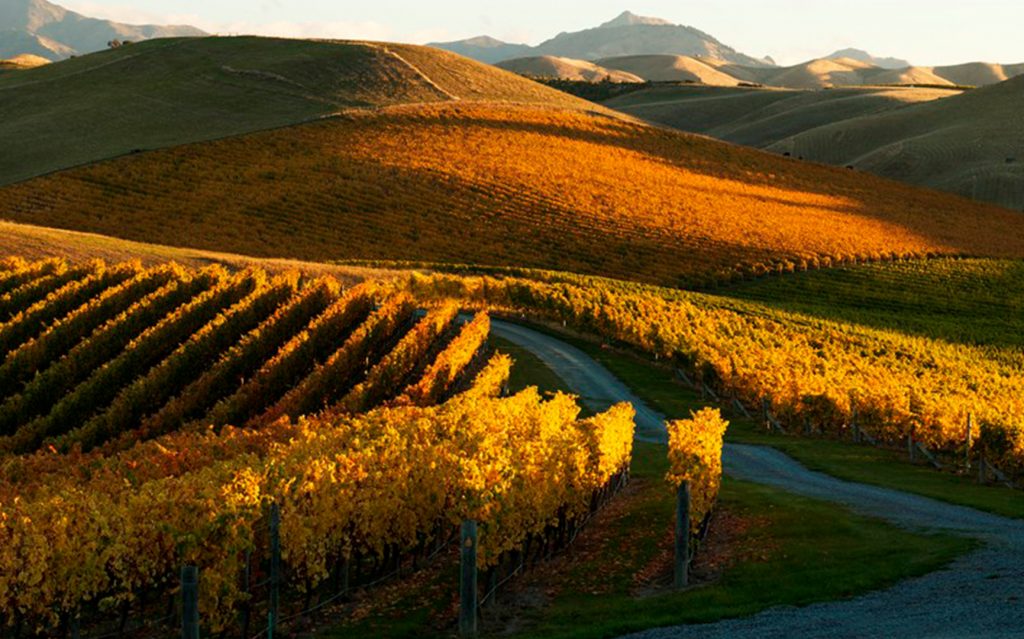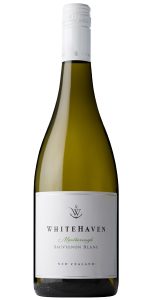We all know first impressions are often faulty.
I’m sure I wasn’t alone in thinking “How good can this be?” with a roll of the eyes the first time I encountered a New Zealand Marlborough Sauvignon Blanc. Little did I know what was about to happen. Fast forward to last month when I heard wine imports into the US increased dramatically in 2017. And much of that was due to the fact we cannot get enough New Zealand Marlborough Sauvignon Blanc in this country.
This is hardly surprising since their Sauvignon Blanc is so unique and delicious you end up feeling the need to take a shower, drop to your knees and confess your sins.
In Marlborough today, there is barely a flat piece of land that hasn’t been taken over by vines. But it hasn’t always been this way. In reality, the march of vines across the plains and gently sloping hills of the region began as recently as 1973. Prior to that, Marlborough was better known for its balmy sunshine and production of barley and alfalfa. What started as a few hundred hectares of grapes have multiplied into thousands of hectares of premium vineyards. Meanwhile, the ensuing wines from this expanding plantation has made Marlborough a tour de force in the world of wine.
From the time Captain Cook first navigated both islands in 1769 to now, this region has become a major contender on the world’s wine stage. In a sharper timespan, one influential winery called Cloudy Bay opened the door to New Zealand Sauvignon Blanc in the 1980s. It proceeded to alter the varietal’s destiny forever. How did this remote region of the world, the world’s furthest south and the first to see sunlight each day, go from a land dominated by Temperance Union activists bent on the abolishment of all forms of beverage alcohol (until the mid-1960s it was illegal to serve wine in restaurants) in New Zealand, to where it is now? The short and simple answer is New Zealand Sauvignon Blanc paved the way.










